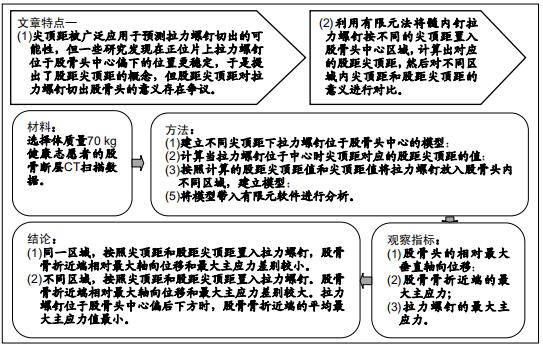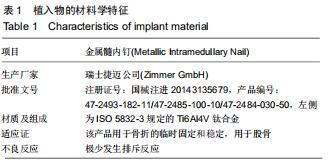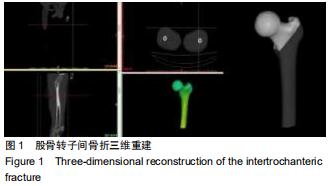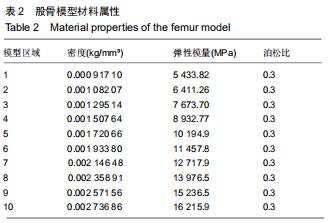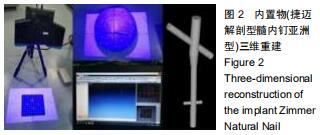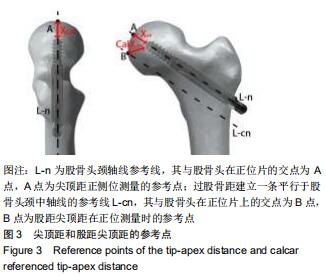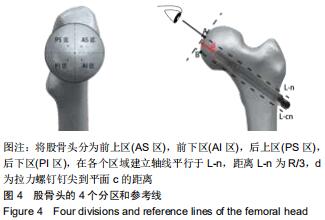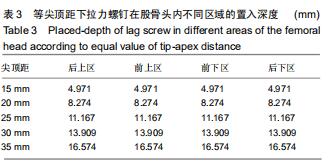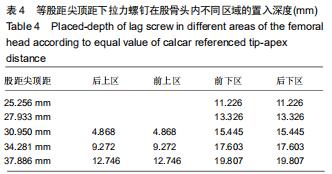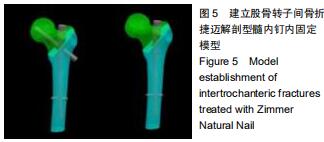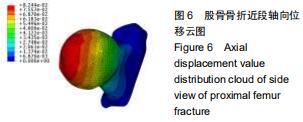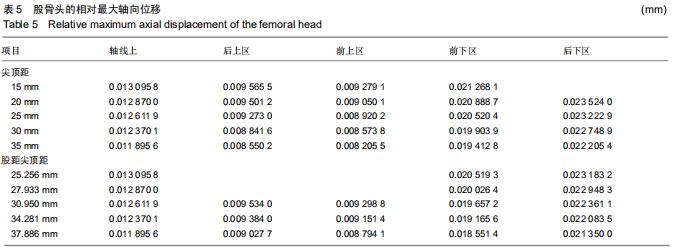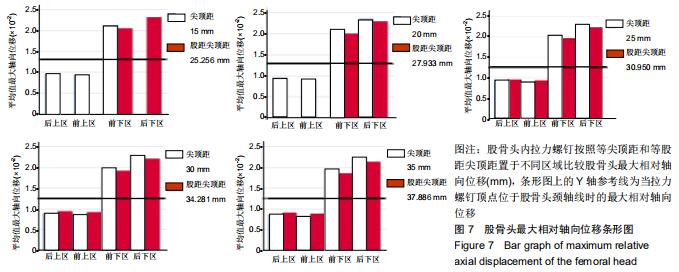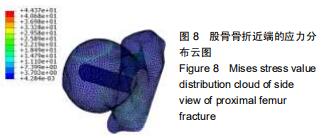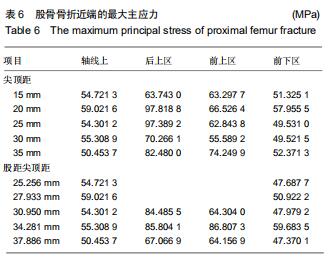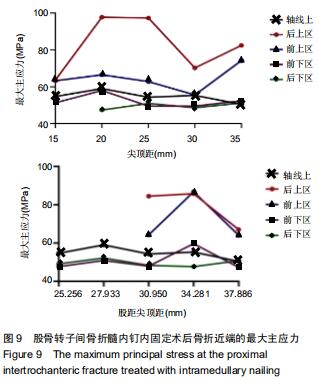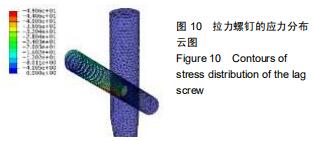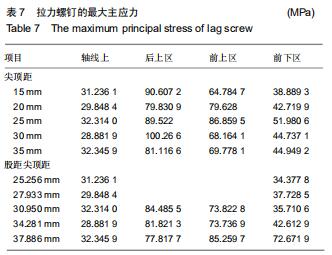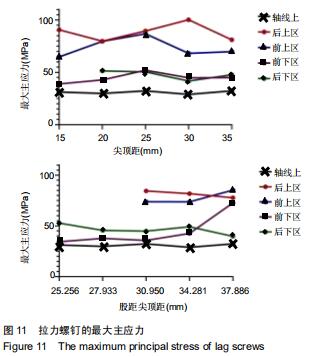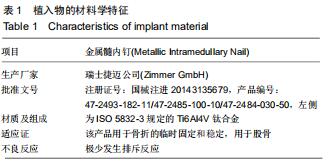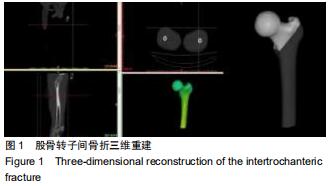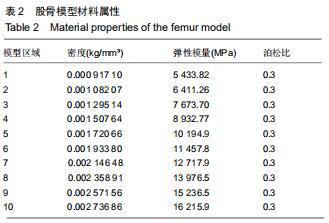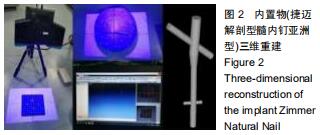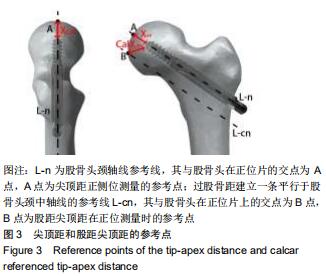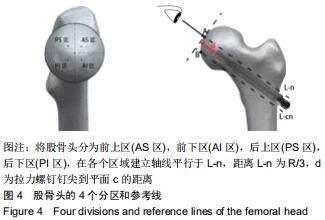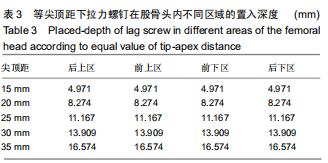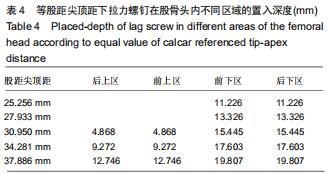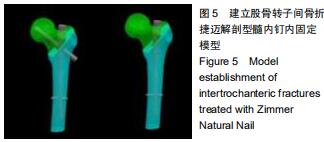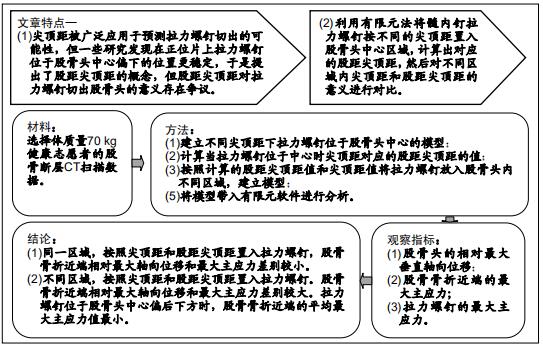|
[1] VERONESE N, MAGGI S. Epidemiology and social costs of hip fracture. Injury.2018;49(8):1458-1460.
[2] GULLBERG B, JOHNELL O, KANIS JA. World-wide projections for hip fracture. Osteoporos Int. 1997;7(5):407-413.
[3] 张健,蒋协远,黄晓文.1139例老年髋部骨折治疗及流行病学分析[J].中国医刊,2016,51(6):91-94.
[4] MEREDDY P, KAMATH S, RAMAKRISHNAN M, et al. The AO/ASIF proximal femoral nail antirotation (PFNA): A new design for the treatment of unstable proximal femoral fractures. Injury. 2009;40(4):428-432.
[5] BOJAN AJ, BEIMEL C, SPEITLING A, et al. 3066 consecutive Gamma Nails. 12 years experience at a single centre. BMC Musculoskelet Disord.2010;11(1):133.
[6] HERZOG J, WENDLANDT R, HILLBRICHT S, et al. Optimising the tip-apex-distance in trochanteric femoral fracture fixation using the ADAPT-navigated technique, a longitudinal matched cohort study. Injury.2019;50(3):744-751.
[7] LOPES-COUTINHO L, DIAS-CARVALHO A, ESTEVES N, et al. Traditional distance "tip-apex" vs. new calcar referenced "tip-apex" - which one is the best peritrochanteric osteosynthesis failure predictor?. Injury.2020;51(3):674-677.
[8] BAUMGAERTNER MR, CURTIN SL, LINDSKOG DM, et al. The value of the tip-apex distance in predicting failure of fixation of peritrochanteric fractures of the hip. J Bone Joint Surg Am.1995; 77(7):1058-1064.
[9] CHANG SM, HOU ZY, HU SJ, et al. Intertrochanteric Femur Fracture Treatment in Asia: What We Know and What the World Can Learn.Orthop Clin North Am. 2020;51(2):189-205.
[10] GOFFIN JM, PANKAJ P, SIMPSON AH.The importance of lag screw position for the stabilization of trochanteric fractures with a sliding hip screw: a subject-specific finite element study. J Orthop Res. 2013;31(4):596-600.
[11] GÜVEN M, YAVUZ U, KADIOĞLU B, et al. Importance of screw position in intertrochanteric femoral fractures treated by dynamic hip screw. Orthop Traumatol Surg Res. 2010;96(1):21-27.
[12] KUZYK PR, ZDERO R, SHAH S, et al. Femoral head lag screw position for cephalomedullary nails: a biomechanical analysis. J Orthop Trauma. 2012;26(7):414-421.
[13] CARUSO G, BONOMO M, VALPIANI G, et al. A six-year retrospective analysis of cut-out risk predictors in cephalomedullary nailing for pertrochanteric fractures: Can the tip-apex distance (TAD) still be considered the best parameter. Bone Joint Res. 2017;6(8):481-488.
[14] BURKHART TA, ANDREWS DM, DUNNING CE. Finite element modeling mesh quality, energy balance and validation methods: a review with recommendations associated with the modeling of bone tissue. J Biomech. 2013;46(9):1477-1488.
[15] 张国栋,廖维靖,陶圣祥,等.股骨颈有限元分析的赋材料属性方法探讨及有效性验证[J].中国组织工程研究与临床康复,2009,13(52): 10263-10268.
[16] 姜自伟,虎群盛,黄枫,等.PFNA-Ⅱ治疗不稳定型股骨转子间骨折的动态有限元研究[J].山东医药,2016,56(33):14-17,21.
[17] 朱贵伟,吕欣,刘晋元,等.两种髓内钉治疗股骨转子间骨折的有限元分析[J].中华实验外科杂志,2017,34(8):1425.
[18] LEE PY, LIN KJ, WEI HW, et al. Biomechanical effect of different femoral neck blade position on the fixation of intertrochanteric fracture: a finite element analysis. Biomed Tech (Berl). 2016;61(3): 331.
[19] LEE CH, SU KC, CHEN KH, et al. Impact of tip-apex distance and femoral head lag screw position on treatment outcomes of unstable intertrochanteric fractures using cephalomedullary nails. J Int Med Res. 2018;46(6):2128-2140.
[20] MORVAN A, BODDAERT J, COHEN-BITTAN J, et al. Risk factors for cut-out after internal fixation of trochanteric fractures in elderly subjects. Orthop Traumatol Surg Res. 2018;104(8):1183-1187.
[21] MURENA L, MORETTI A, MEO F, et al. Predictors of cut-out after cephalomedullary nail fixation of pertrochanteric fractures: a retrospective study of 813 patients. Arch Orthop Trauma Surg. 2018;138(3):351-359.
[22] 辛力,王业华,杨志.尖顶距对股骨粗隆间骨折动力髋螺钉内固定稳定性的相关有限元分析[J].徐州医学院学报,2013,33(12):821-824.
[23] KAUFER H. Mechanics of the treatment of hip injuries.Clin Orthop Relat Res. 1980;(146):53-61.
[24] DAVIS TR, SHER JL, HORSMAN A, et al. Intertrochanteric femoral fractures. Mechanical failure after internal fixation. J Bone Joint Surg Br. 1990;72(1):26-31.
[25] HSUEH KK, FANG CK, CHEN CM, et al. Risk factors in cutout of sliding hip screw in intertrochanteric fractures: an evaluation of 937 patients. Int Orthop. 2010;34(8):1273-1276.
[26] CLEVELAND M, BOSWORTH DM, THOMPSON FR, et al. A ten-year analysis of intertrochanteric fractures of the femur. J Bone Joint Surg Am. 1959;41-A:1399-1408.
[27] PARKER MJ. Cutting-out of the dynamic hip screw related to its position. J Bone Joint Surg Br.1992;74(4):625.
[28] DE BRUIJN K, DEN HARTOG D, TUINEBREIJER W, et al. Reliability of predictors for screw cutout in intertrochanteric hip fractures. J Bone Joint Surg Am. 2012;94(14):1266-1272.
[29] MINGO-ROBINET J, TORRES-TORRES M, MARTÍNEZ-CERVELL C, et al. Comparative study of the second and third generation of gamma nail for trochanteric fractures: review of 218 cases. J Orthop Trauma. 2015;29(3):e85-e90.
[30] HERMAN A, LANDAU Y, GUTMAN G, et al.Radiological evaluation of intertrochanteric fracture fixation by the proximal femoral nail. Injury. 2012;43(6):856-863.
[31] KANE P, VOPAT B, HEARD W, et al. Is tip apex distance as important as we think? A biomechanical study examining optimal lag screw placement. Clin Orthop Relat Res. 2014;472(8):2492-2498.
[32] KASHIGAR A, VINCENT A, GUNTON MJ, et al. Predictors of failure for cephalomedullary nailing of proximal femoral fractures. Bone Joint J. 2014;96-B(8):1029-1034.
[33] AICALE R, MAFFULLI N.Greater rate of cephalic screw mobilisation following proximal femoral nailing in hip fractures with a tip-apex distance (TAD) and a calcar referenced TAD greater than 25 mm. J Orthop Surg Res. 2018;13(1):106.
[34] BREKELMANS WA, POORT HW, SLOOFF TJ. A new method to analyse the mechanical behaviour of skeletal parts. Acta Orthop Scand. 1972;43(5):301-317.
[35] KEYAK JH, ROSSI SA, JONES KA, et al. Prediction of fracture location in the proximal femur using finite element models. Med Eng Phys. 2001;23(9):657-664.
[36] VAN DEN MUNCKHOF S, ZADPOOR AA. How accurately can we predict the fracture load of the proximal femur using finite element models? Clin Biomech(Bristol, Avon). 2014;29(4):373-380.
[37] LI S, CHANG SM, JIN YM, et al. A mathematical simulation of the tip-apex distance and the calcar-referenced tip-apex distance for intertrochanteric fractures reduced with lag screws. Injury. 2016; 47(6):1302-1308.
|
